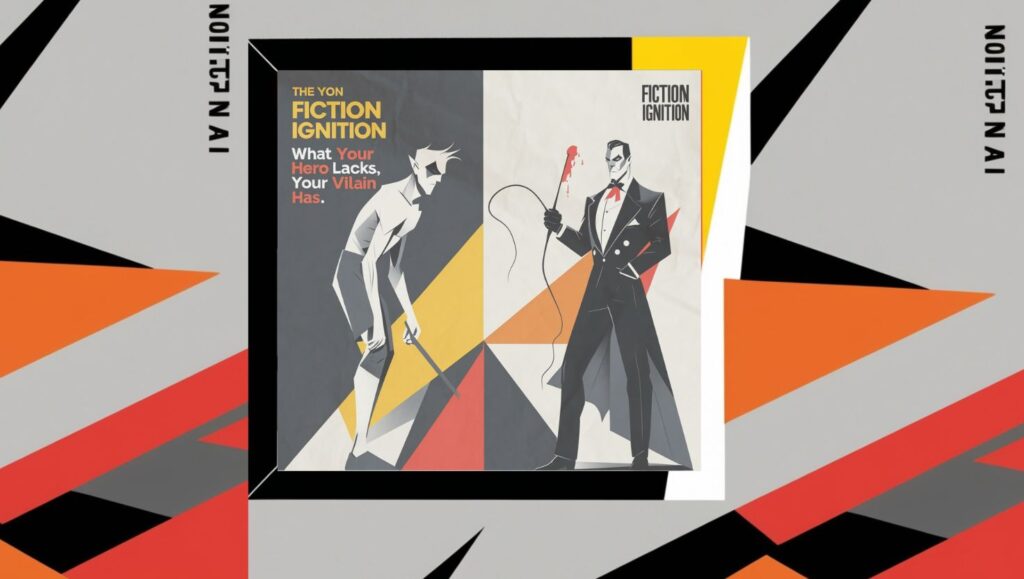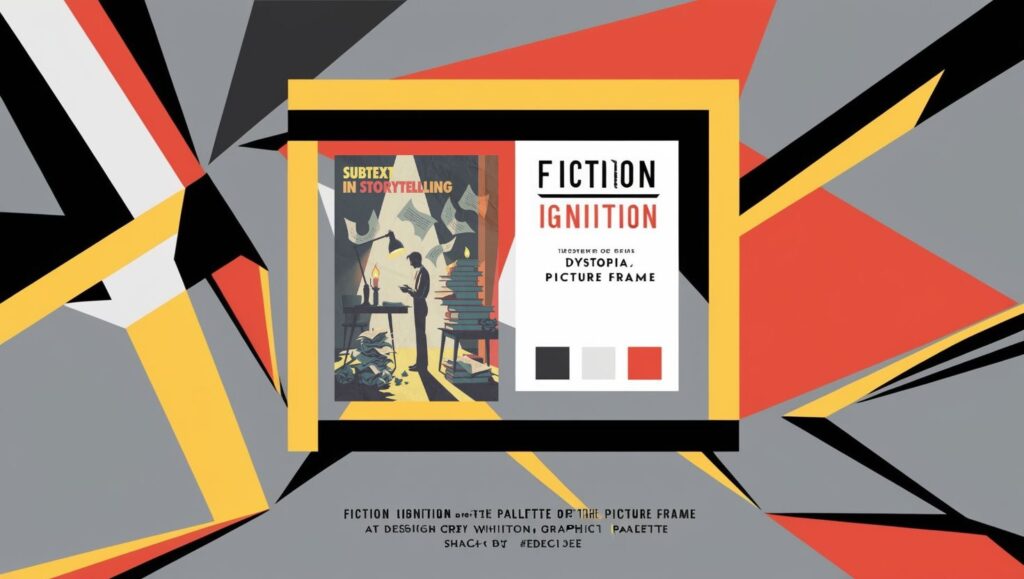Greetings, my Fiction Igniters! The Flamekeeper here, stoking the fires of your imagination once again. You know what makes a story unforgettable? A plot twist so shocking, so jaw-dropping, that readers have to clutch their metaphorical pearls and reread the page. Let’s talk about how to craft twists that stick the landing—and keep your audience buzzing long after they’ve finished your book.
Plot Twists: The Ultimate Reader Hook
First, let’s get one thing straight: a plot twist isn’t just a random surprise. A good twist feels inevitable in hindsight but completely blindsides the reader in the moment. It’s that delicious double-take, like when Bruce Willis in The Sixth Sense realized (SPOILER ALERT!) he’s been dead the whole time. And here’s the kicker—the clues were all there, hiding in plain sight.
Now, before you go full M. Night Shyamalan, remember this: twists work best when they serve the story, not just shock value. So how do you craft one? Pull up a chair and let me tell you.
1. Lay the Breadcrumbs
A killer twist starts with breadcrumbs—tiny clues sprinkled throughout your story. But here’s the trick: they need to be subtle enough that readers miss them on the first read but clear as day in hindsight.
Take Agatha Christie’s The Murder of Roger Ackroyd. (Seriously, if you haven’t read it, stop what you’re doing and fix that!) Christie hides her clues in plain sight. The twist? The narrator is the killer. It’s a masterclass in misdirection.
Actionable Tip: Hide your clues in dialogue, background details, or character actions. Then, when the twist comes, readers will feel like detectives solving the case.
2. Subvert Expectations, but Play Fair
Here’s where it gets fun: mess with your readers’ heads! Build up their expectations and then smash them like a piñata. But—and this is crucial—play fair. Your twist needs to feel earned, not like a cheap trick.
George R.R. Martin’s A Game of Thrones is practically a masterclass in subverting expectations. (Ned Stark, anyone?) By making us believe he’s the hero who’ll save the day, Martin sets us up for the gut-punch when…well, you know.
Actionable Tip: Write a scene that’ll make readers think they know where the story is headed, then flip it. But make sure the twist aligns with your characters’ motivations and the story’s internal logic.
3. Use Misdirection Like a Magician
Ever watch a magician pull off a trick and think, “How the heck did they do that?” Writing a twist works the same way: distract your readers with flashy side plots, quirky characters, or red herrings. Then, when the moment’s right, pull the rug out from under them.
One of my favorite examples? Gone Girl by Gillian Flynn. That cool girl monologue? Pure misdirection. We’re so wrapped up in Nick’s guilt that we don’t see Amy’s manipulative genius coming.
Actionable Tip: Introduce a subplot or detail that feels important but isn’t directly related to the twist. Let your readers’ imaginations run wild—and then hit them with the real twist.
4. Anchor Your Twist in Emotion
A twist isn’t just about shocking your readers—it’s about making them feel something. The best twists hit like a gut punch because they’re deeply rooted in character and emotion.
Case in point: J.K. Rowling’s Harry Potter and the Half-Blood Prince. When Snape utters those two words—“I’m the Half-Blood Prince”—it’s not just a reveal; it’s a moment that redefines everything we thought we knew about him.
Actionable Tip: Ask yourself: how does the twist affect your characters emotionally? If it doesn’t change them or the story, it might not be the right twist.
5. Surprise Yourself First
Here’s a little secret: if you, the writer, aren’t surprised by your twist, your readers won’t be either. So write without a roadmap. Let your characters lead the way. When I was working on a story a few years ago, I had this grand plan for the ending…until my main character did something completely unexpected. And you know what? That twist was way better than what I’d planned.
Actionable Tip: Try a freewriting exercise. Put your characters in a high-stakes situation and see what they do. You might just stumble upon your twist organically.
Wrapping It Up
So there you have it, my fellow prose pioneers! Writing a plot twist is like setting up a magic trick. Lay the groundwork, misdirect, and then wow your audience with the reveal. Just remember: the best twists don’t just shock; they resonate. They make your story unforgettable.
Until next time, keep those fires burning, and don’t write—ignite!









